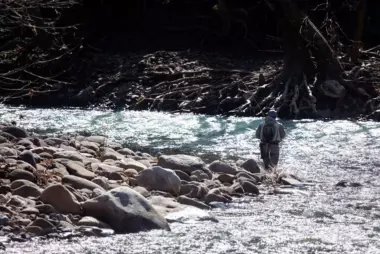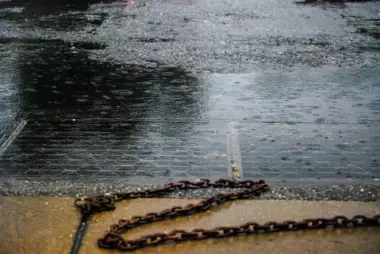How Your Watershed Works
The Chesapeake Bay is more than just a body of water: It is an entire watershed. A drop of water falling anywhere in the watershed will eventually make its way from land to creek, creek to stream, stream to river, and river to the Chesapeake Bay. How water is managed in municipalities across the region has major implications for the health of the watershed as a whole. This module will help you get to know the Chesapeake Bay: its watershed, its residents and the role of clean water in helping its communities thrive.
Preview presentation and download files
Downloads
Presentations and Fact Sheets
Presentation Assets
Video for How Your Watershed Works
In this topic you will learn
-
How do my community’s activities on land impact local water quality?
-
How do precipitation and water flow affect my community?
-
How do healthy waterways benefit my community?
Downloads
Presentations and Fact Sheets
Presentation Assets
Highlights
Education
Forty percent of direct general expenditures at the local level are invested in elementary and secondary education. Ninety-six percent of parents support environmental education.
Economic Development
Fisheries in the Chesapeake Bay watershed are worth millions of dollars each year: $79.1 million in blue crab harvests, $45.2 million in oyster harvests and $80.1 million in fishing licenses.
Public Health and Safety
Good water quality means clean drinking water, consumable fish and shellfish, and safe recreation on, in and near local waterways. In a 2019 Gallup poll, 80% of participants were personally worried about the pollution of rivers, lakes and reservoirs, and 79% were concerned about polluted drinking water.
Infrastructure Maintenance and Finance
Green infrastructure can save money over traditional systems of managing rainwater. For example, a typical street tree can intercept between 760 and 3,000 gallons of water per year, depending on its species and age. Planting trees to capture stormwater runoff can reduce floods, slow the erosion of community creeks and lower stress on storm drainage systems.
Case Studies You'll Find Inside
City of Lancaster
Lancaster, PennsylvaniaInvesting in Cost-saving Stormwater Control
The City of Lancaster saved over $160 million by pivoting from gray to green stormwater control. The City’s entire stormwater control plan cost less than half of installing an underground stormwater storage tank, which would have required an additional $750,000 in stormwater treatment each year.
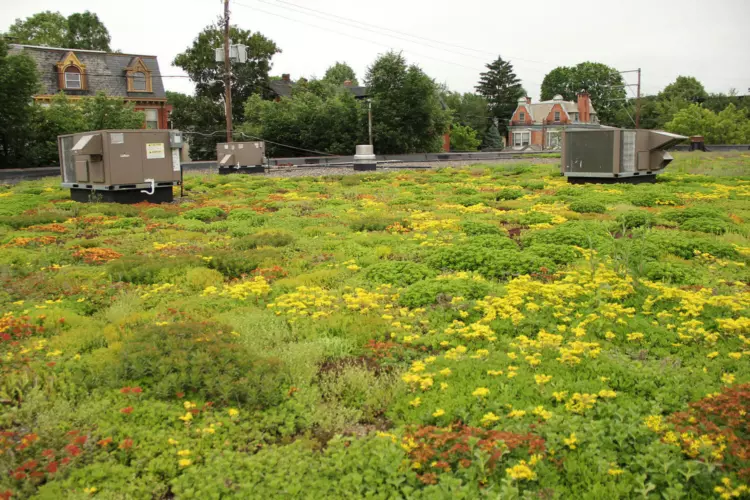
Cedar Cliff High School
Camp Hill, PennsylvaniaHands-on Learning Supports Science Education
A new aquaponics lab at Cedar Cliff High School provides hands-on learning for students across the school district to develop skills in science, business and leadership. The lab was funded through an approximately $250,000 grant from the Pennsylvania Department of Labor and Industry, which the West Shore School District received in collaboration with the South Central Workforce Investment Board.
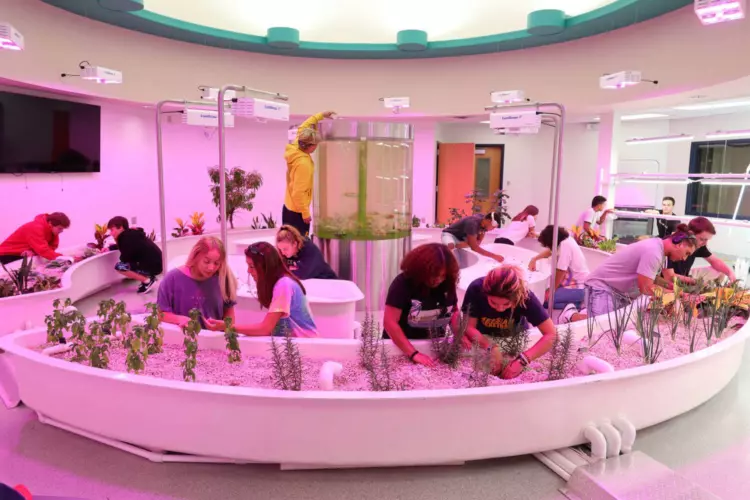
Dogwood Middle School
Richmond, VirginiaSchoolyard Retrofit Reduces Stormwater Runoff
A schoolyard retrofit project at Dogwood (formerly Binford Middle School uses several methods to reduce stormwater runoff, including a rain garden with a collaboratively designed rain harvesting sculpture. The project was funded with a $200,000 grant from the U.S. Environmental Protection Agency’s Small Watershed Grants Program. It provided hands-on learning for the students who helped plan and execute it.
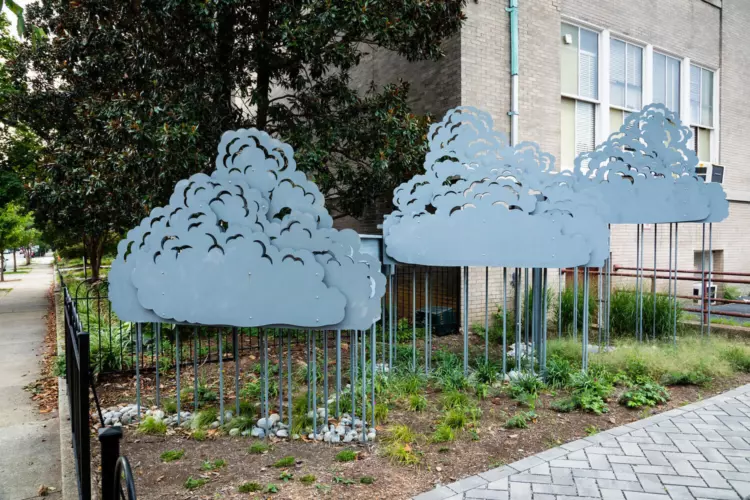
Pembroke Woods
Emmitsburg, MarylandThe Value of Undisturbed Trees
Developers in Frederick County, Maryland, saved over $360,000 by leaving trees and wetlands undisturbed in a residential subdivision. These savings were primarily earned in the form of stormwater benefits and reduced clearing costs.
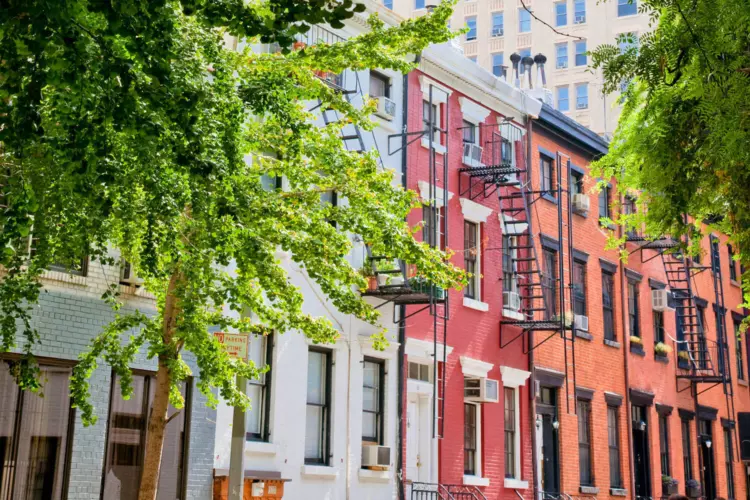
Here's How You Can Help
Learn More About This Topic
Explore the conditions of your local waterways and the challenges they face.
Learn about topics from blue crabs and oysters to invasive insects.


